The Results of Going Back to "No Panic" Horse Training
The Results of going back to "No Panic" Horse Training:
For all our viewers who watched the video on "No Panic Horse Training" here is a question for you.
Who said to themselves, "Ah yes that makes sense" and immediately thought about the training lessons you could simplify?
Well, this week I want to take your thinking one step further.
Because the "no panic approach" encompasses everything, including the bit you put in your horse's mouth...
In the last few months I have been given quite a number of horses to do remedial schooling on. A high percentage of these were over-bitted and to gain the horses trust I had to revert to a much softer bits.
So what has that got to do with "No Panic" training?
Well here's the thing.
The minute you try to force a horse to do what it can't do it will resist you to protect itself.
So you have to go back to basics, including a mild snaffle type bit, even if you think the horse doesn't have a good mouth in that bit.
Then go back to basics and teach the horse to...
- Back up to a light touch. (If you don't know how, watch the accompanying video below)
- Sensitise it to leg pressure
- Teach it to leg yield (and most importantly to drop away from the pressure of the bit)
After all these exercises, you will suddenly find that you are creating a good mouth and the horse is responding to a much lighter bit.
"No horse checks easily or stops well, unless it is taught to back up to a light touch."
If you follow the rest of my training steps, teaching the horse what it needs to know, then you can start experimenting with different bits.
You might find you need a stronger bit in a competitive environment, but because you did things "ONE STEP AT A TIME" the horse knows how to give to pressure and doesn't stiffen in the neck and poll to protect itself from pressures in the mouth, that it doesn't know how to respond to.
So even in the bitting department, be sure to follow the "one step at a time" rule.
Hope that helps. Enjoy the video lesson above.
And it would be great to hear from you if this approach helps you, or if you have a different method for getting a horse responsive. Comment further below...
The Results of Going Back to "No Panic" Horse Training
Transcript:
So, I thought today, what I'd do is focus on a horse called Alasan. He's a big Chestnut gelding. And he was brought to me because he is so linear. He's so wooden. And he was battling to turn properly. And when he was brought to me, what I noticed was that he had a Barry gag in his mouth. And that when you touched one rein, like on the right side, he would turn left.
So, he's only ever been taught to turn with a neck rein, he's never been taught to supple up. And again, I go back to the one step at a time training. Here's a very good example of the basics not being taught to this horse and trying to get past the problem by cranking up the bit.
Well, you've heard me talk about no panic training and no panic training comes from doing things one step at a time, that the horse understands what you asking it to do. So, if you take the strength of a bit, as one as being your mildest bit and 10 being your strongest bit, don't go to 10 and then try and teach the horse. Because what he's going to do is to try and protect himself.
And what the horse will do is he will hold onto the bit, he will stiffen up through these muscles at the top of the jaw and the pole, and that makes him very wooden and linear. And if you try for yourself, just clench your jaw muscles, point your chin at me, and you will feel immediately how stiff your neck comes.
Where if you drop your chin and you un-clench those muscles, immediately, you can feel the softness in your neck. It's the same for a horse. Now he's going to try and protect himself if you crank up the strength of that bit, and you haven't taught him how to respond to the touches that you wanting him to respond to.
So, what I've done with this horse, is again, take away all the excessive stuff. The Barry gag, the running reins, the drop nose band. And I've gone back to teaching him; number one, how to back up to a light touch.
Now, what is the importance of backing up? Well, you will never get a horse to check correctly and check well, or stop really well, and get his back end into the ground until you teach him to back up to a light touch.
Now, how do you teach that light touch? For me, two things that you will really find helpful. One is, that when you ask a horse to do something, the response you give back to him when he responds in a positive way is the key for him to learn.
So, if you take a hold of the reins, keep holding those reins until he even shift his weight backwards, then immediately take away the tension. And you will find that in a very short space of time, the horse, as you touch the reins, will start to move back because he knows that if he moves back, the tension in his mouth will go away. Stepping back, even one step further, you can take one rein and just hold onto that, rather than two.
Because remember when he's linear and he's, his spine is straight, he will be the strongest that he can be. So, if you just hold one rein and hold, if you wants to turn, and turn, and turn, in a circle, let him turn until he stands. Maybe just gentle up the pull slightly, but keep the pressure. And when he puts his head slightly towards you, give away the pressure.
Until you've got a horse that when you touch one rein, will put his head there without feeling he has to turn. Cause you will see that with this horse, as I try and touch one rein, to try and get the leg yield working, that he feels he's being stopped because any pull of the reins, he's so, wooden that it pulls and stops him.
So, you've got to give him the confidence to actually put his head where you ask him to put it, and to be able to move forward and go forwards.
You not stopping them with one rein, all you're doing is getting him to supple up. Now, the other thing that's really important, is that you will never get horses to respond appropriately until they respond well to leg pressures. Okay? And that continuous push with the leg, the horse tunes that out because there's no respite from that.
Where, when you push and you then either touch with the whip or just slap him with the rein and he moves and you take your leg away. Pretty soon, he understands that when you put your leg on, he's got to move to that pressure. Now you teaching the horse because as he moves, you take the pressure away. So, what you're doing is putting him back into a comfort zone all the time. And the comfort zone for a horse is when you not stimulating him.
So, when you pull, you're stimulating him. When you're using your legs, you're stimulating him. So, as he responds to that, take away the stimulus. You put him straight back into a comfort zone and that's what he wants to know, is how to get back to that comfort zone. So, it's a really interesting lesson today.
You will see that within 20 minutes, actually, if I go back even further than that, and I'm really sorry, I didn't have a video camera when I was first assessing this horse, I was asked just to jump on it. But what I felt, when I tried to get him to bend, was that he'd plant his front feet in the ground and actually I've never felt this before.
He actually picked his back end up and jumped around. As those horses do when you're asking them to turn, when they jump around in the front. I've never felt a horse do that at the back. But within a very short time, that evening, I had him to where he wasn't jumping around.
But you will see even today as I'm riding him, he wants to plant his front legs and move his backside round his front side. Because in that way, he doesn't have to go forward into the pressure of this over strong. But so a really interesting lesson, I'm sure you will get some good information from it.
Watch in this first example, how, as I touch with my left rein, trying to get Alasan to yield with his head to the left-hand side there, he immediately wants to turn, right. Because he's only ever been taught to turn to the neck rein and never been taught to supple. So, as you touch that rein, he's going to turn. And if you try and supply him, he wants to stop because he feels like you're pulling on his mouth.
Because his reaction to an over strong bit, a Barry gag, has been to give very quickly to that and not go forward, because he's not confident to go forward with that over strong pull, having not been taught the basic lessons.
Here you can see him walking forward. There's that touch of my left rein and the horse immediately wanting to turn right. And I'm having to coax him to go forward because he wants to stop when I'm pulling this rein. He doesn't know how to supple. There I've got his head little bit onto the inside now, and I'm getting him to move off my inside leg, and to try and get him to drop his head so that the rein is soft. There I've achieved that now.
And once I achieve that, then I will lay the neck rein on, ie. my right rein, take away my inside aid and push him forward through the circle because he's got so un-confident of moving forward that you can't teach him rollbacks yet. You've got to teach him to move forward through those turns first.
So, you can see how hard I'm having to work to get him to go forwards. He's so reticent to go forwards because the bit that has been used in him that Barry gag, has been so much too strong to teach him all these little basic lessons. And here you can see, as I'm trying to turn him with the left-hand neck rein, he plants the front feet and just spins his bum around, and doesn't want to move through the turn and forwards.
So, that is how he has actually learned to protect himself. That he will spin as backside round his front side, because he's afraid to go forward. There you can see me keep pushing him forward.
And I'm persisting in that leg yield until I've got his head on the inside. And then bend him one side and then the other. Trying to give him the confidence to go forward as I'm suppling his neck from side to side. And getting his head to move, and his torso also to bend in that way. Because as you leg yield, you get the torso bending also, and horses get much more supple because of that. There you see now I'm going to add in a backup because the horse doesn't know how to do that either. Doesn't know how to yield to the pressures.
And I felt at this point that if I taught him to back up, he would be able to move forward much more confidently in that leg yield, because he wouldn't feel like I'm pulling on his mouth. He would be much more able to give to the pressure of the reins.
So, to teach him to back up. As he moves backwards, you can see I release the pressure very quickly and just persist in that until he gets the idea. You can see, even though he's backing up, he doesn't know how to move his legs backwards.
He keeps collapsing over his hocks and his front feet get stuck. So, I'm going to persist with that until this horse can back up easily. And now that I've been backing him, he really doesn't want to go forward. So, this is the kind of game I'm playing in my head of 'get him to back up gently and then confidently move forward' until he knows that he can actually do that.
And you can see me persisting with my legs. This horse has had a whip used much too strongly on him. So, I don't want to be carrying a whip here. I'd much rather push him forward, strongly with my body. Again, going after the leg yielding, back to the backup.
And for the first time you can see him start to drop his head, but then he's going to start to evade me by dropping his head too much. And I'm going to pick that up and you can see the collapse again. And those front legs getting stuck in front of him. There they are and he'll eventually start to move backwards. So, I'm lightening my touch up now and getting him to move backwards with a much lighter touch on his mouth.
And they, he moved out after backing up, much more successfully. Again, just persisting with that leg yield, getting the head on the inside and getting him to go through the turn and walk forward confidently in that turn. And you will see now I've actually split the running reins, so I've got a loose end and I'm just slapping him on the shoulder to get his attention.
Because I also need to make sure that this horse is sensitive to my legs and will move forward without me having to kick him so strongly. And the only way I can do that is as I put the pressure, just to slap him with the rein. And for him, having had a whip overused on him, he's very sensitive to that and will move.
On horses that aren't quite so sensitive, you might have to carry a whip to make them do that. Here you can see a much better backup. He's still resisting though. And as he comes backwards, I'm letting go less and less and touching to make him come back, so that he keeps on walking backwards, not just one step at a time now. You start with the one step at a time.
In fact, you start with just the movement backwards. There you see him react again to just the slap of a rein. And he's very nervous of any kind of punishment like that. And now you will start to see him actually start to get the idea of backing up. He's resisting a little bit, but he's starting to understand how to move his legs in that backup and walk backwards.
And here at last, he's really starting to get the idea of moving backwards very easily. And here a very short while later you can see him starting to be able to put his head in to the inside, trot a circle and keep moving through that turn without, that much prompting from me.
So, within 20 minutes, we've got a horse that was totally linear, very wooden through the neck, able to bend, turn, go through the turns where he was stopping, only because we've gone back to basics and taught one thing at a time till he was confident with that. And taking him forward slowly, gently, that he understands what he's being asked to do. And here at the end of a lesson, and it's not more than 20, 25 minutes that I've been working with this horse.
Here he is just trotting these beautiful circles without any urging from me, the reins are loose. He's getting his head on the inside. So, as you've heard me talk about before, the head, shoulders and backside are on a curve train track, following each other around that. You can see him transitioning from one leg yield to the other with no hesitation and very little prompting from me to go forward. And look at that stop.
We starting to create a mouth at last on a snaffle, not a Barry gag.
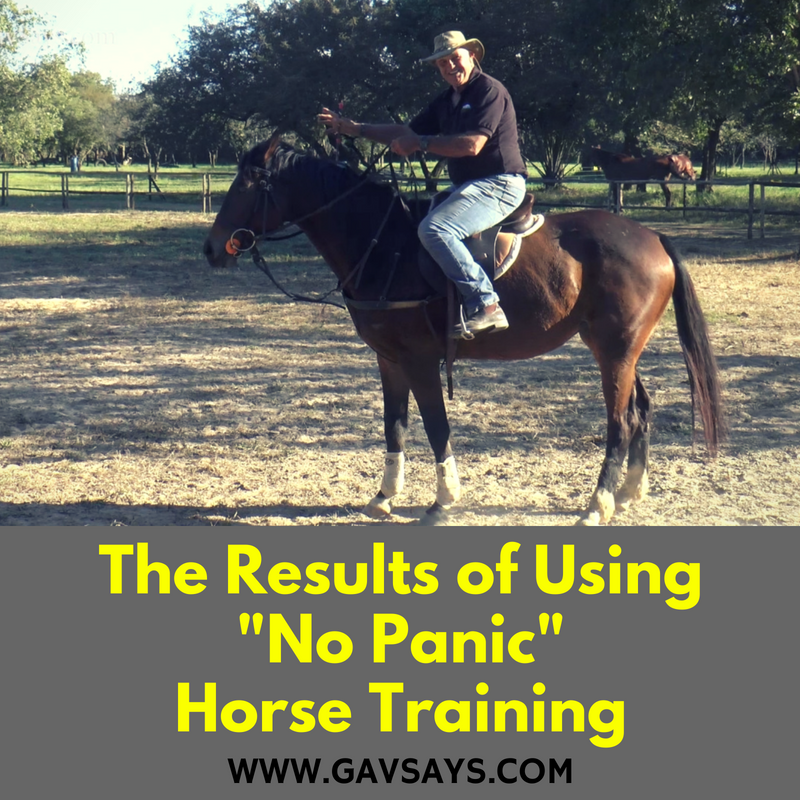
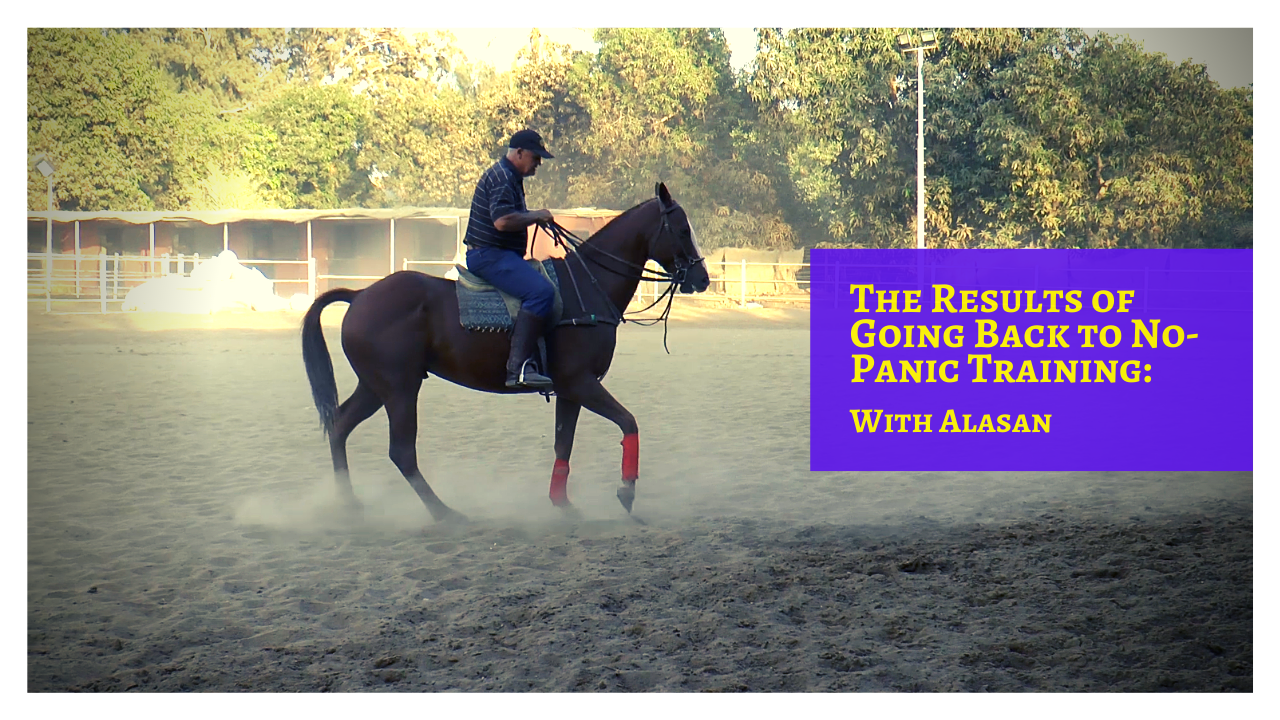
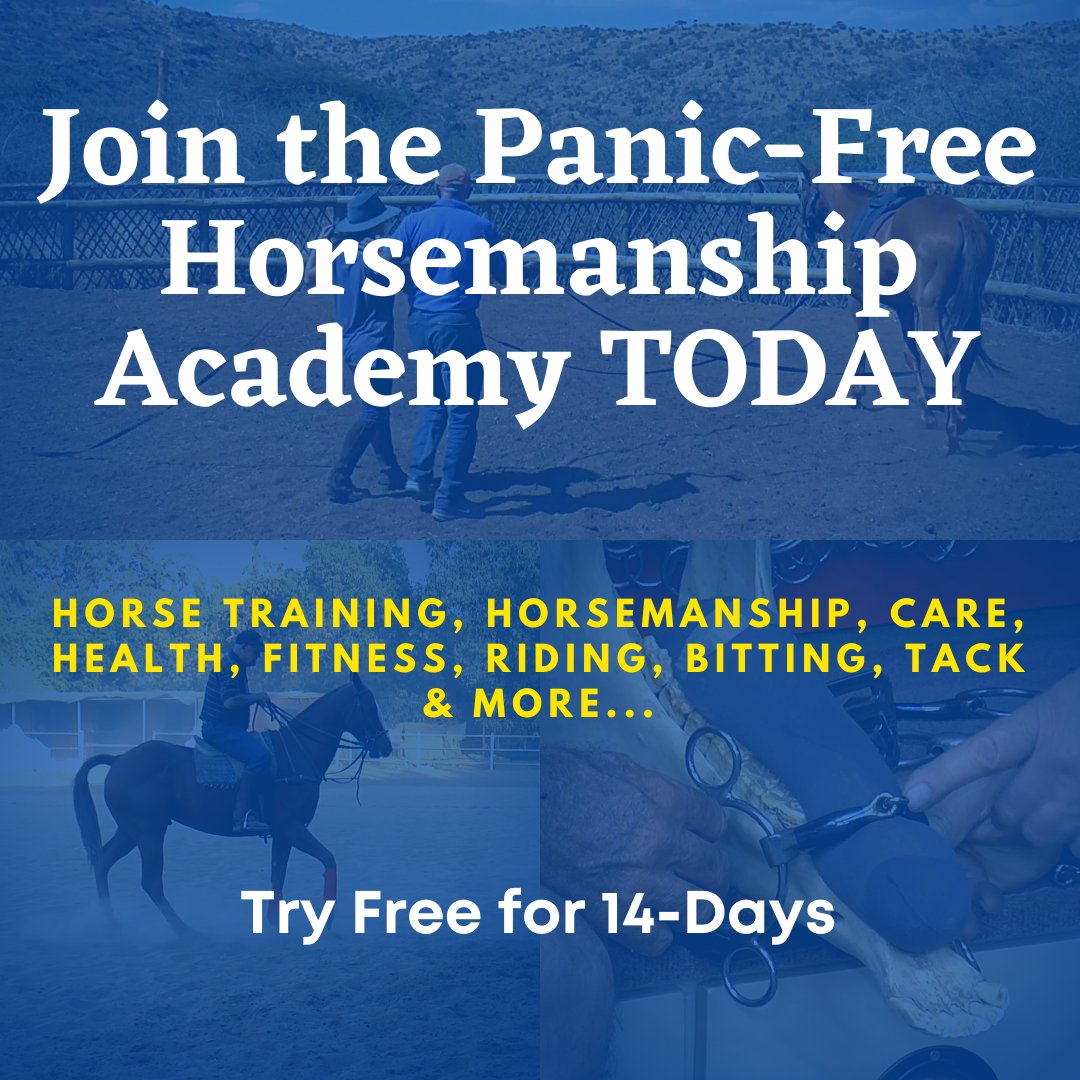
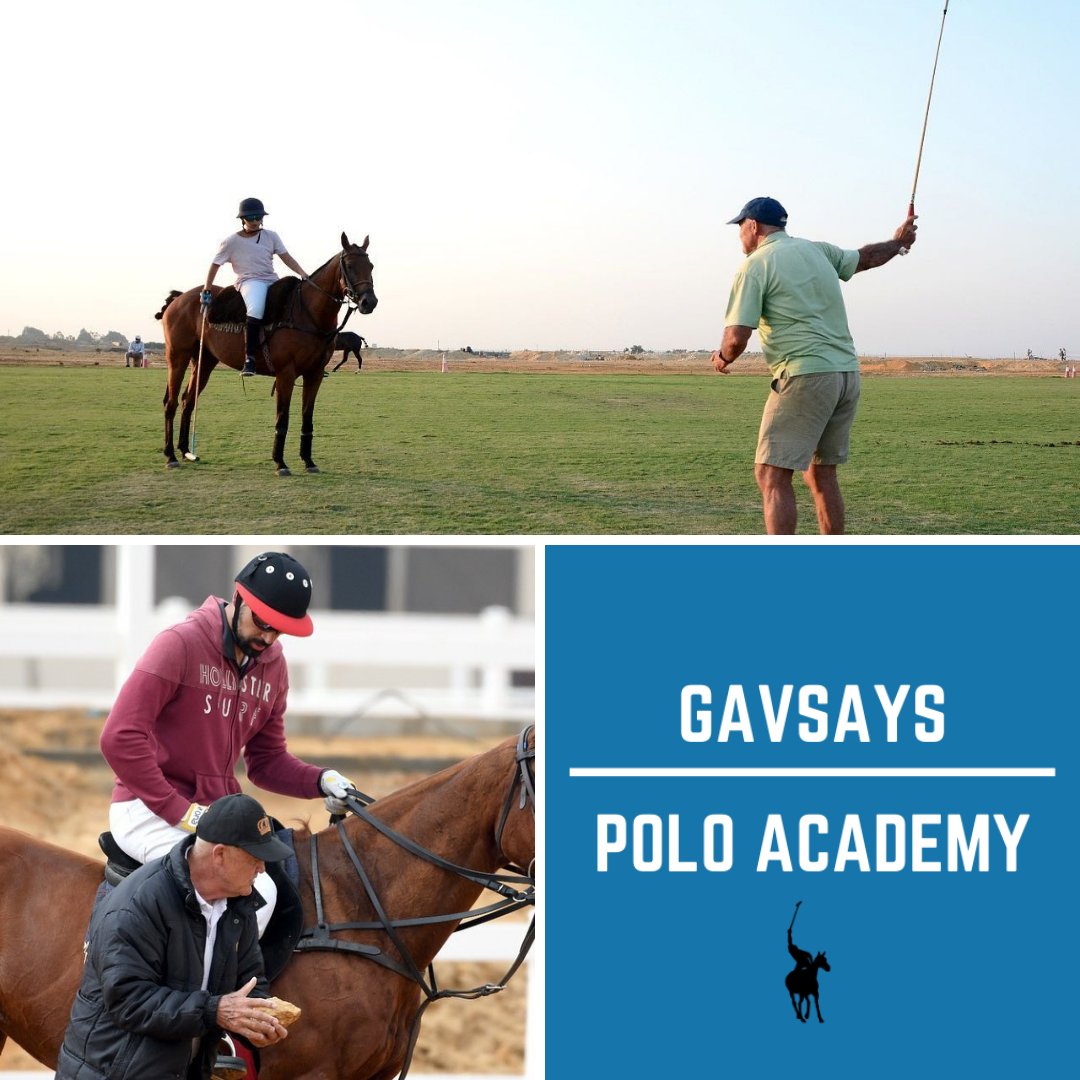
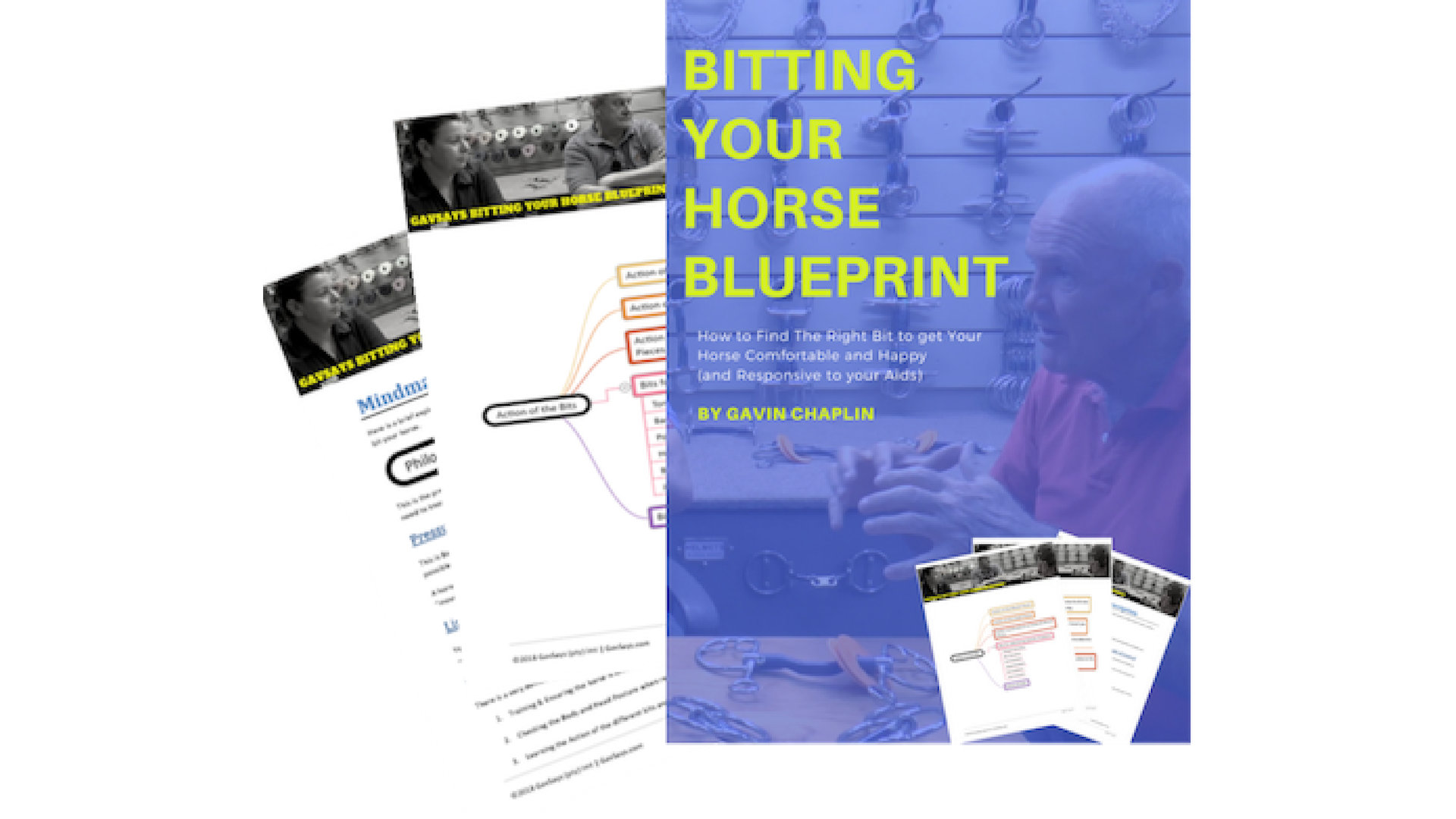
Comments
Got questions, comments or feedback! Then have your say in the box below...